Marking pins are the unsung heroes of the sewing world, quietly but significantly contributing to the precision and artistry of garment construction and fabric projects.
These unassuming tools serve as temporary anchors that play a pivotal role in ensuring accurate and flawless sewing outcomes. Whether you’re a seasoned seamstress or a novice, marking pins are essential companions in your sewing toolkit.
They secure fabric layers, guide pattern placement, mark critical points such as notches and seam allowances, and aid in creating structured elements like darts and pleats.
From embellishment placement to fabric manipulation, marking pins are versatile aids that guarantee that every stitch and cut aligns perfectly, leading to meticulously crafted and professionally finished sewing projects.
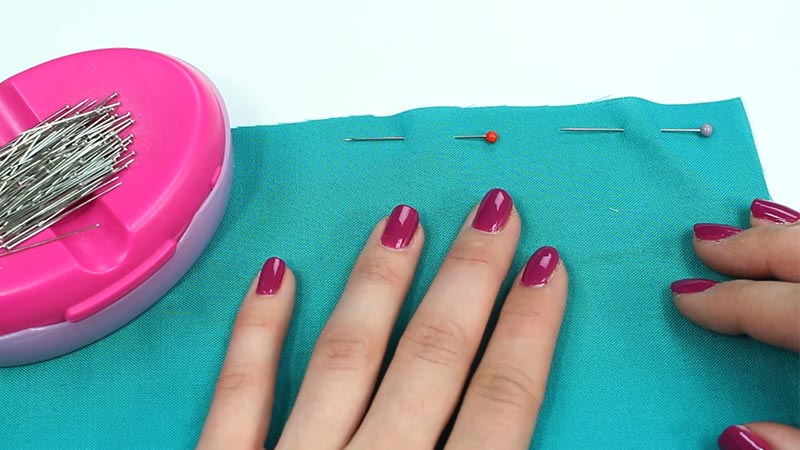
What Are Marking Pins for in Sewing?
Marking pins in sewing are indispensable tools designed to aid in the precise and accurate fabrication of garments and other sewn items.
They serve a multitude of functions, all geared towards ensuring that the fabric pieces align correctly and that the stitching is executed with meticulous attention to detail.
Here’s a closer look at the various purposes and roles of marking pins in the world of sewing:
1. Fabric Alignment
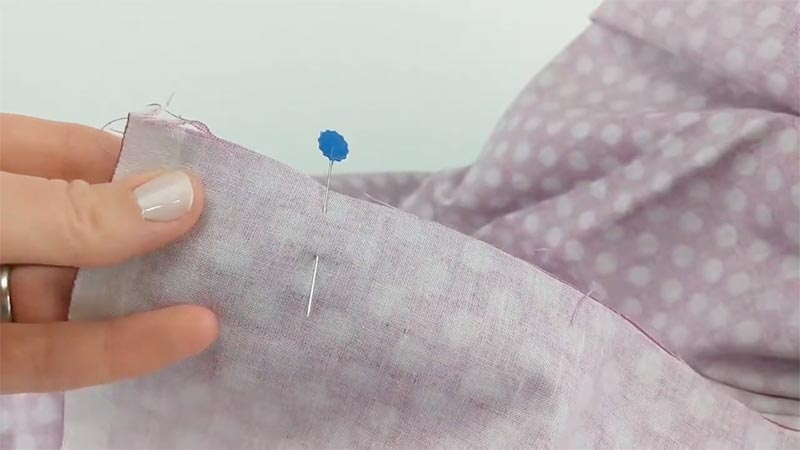
Marking pins are primarily used to secure layers of fabric together. When working with multiple layers, such as in quilting or when matching pattern pieces, pins help prevent the fabric from shifting during the cutting and sewing processes.
This ensures that your pieces remain aligned, and your final product retains its intended shape.
2. Pattern Placement
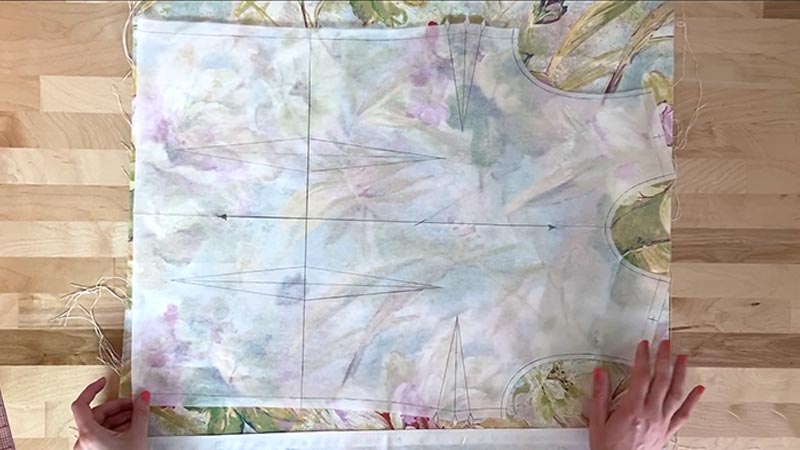
When using sewing patterns, marking pins come into play for securing the pattern to the fabric. This is particularly important when cutting out pattern pieces, as it ensures that the pattern doesn’t shift, which can lead to inaccuracies in the final product.
3. Marking Notches
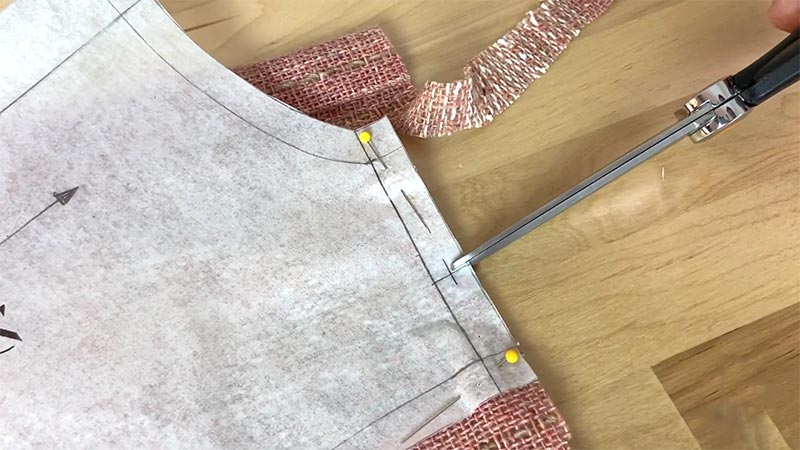
Sewing patterns often include notches or other markings to indicate where specific points should align. Marking pins are used to indicate these key points on the fabric, making it easier to match up corresponding pieces during assembly.
4. Seam Allowance
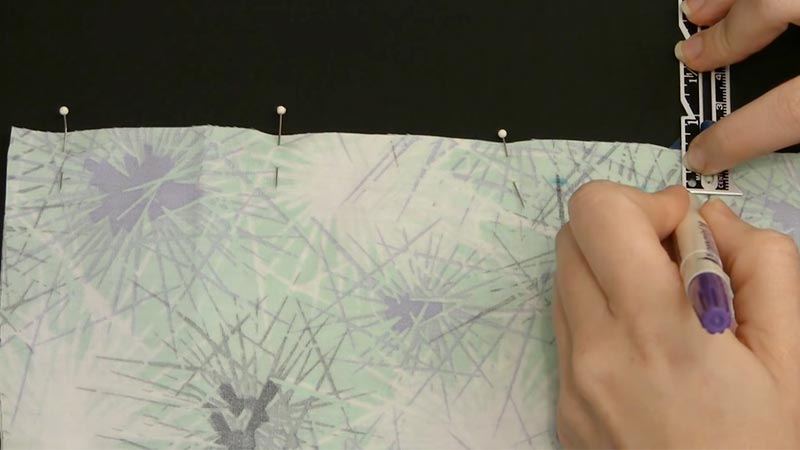
Marking pins can be placed along the seam allowance of the fabric. This serves as a visual guide, indicating the precise location for sewing the seam. Maintaining the correct seam width is crucial for the fit and overall appearance of the finished garment.
5. Darts and Pleats
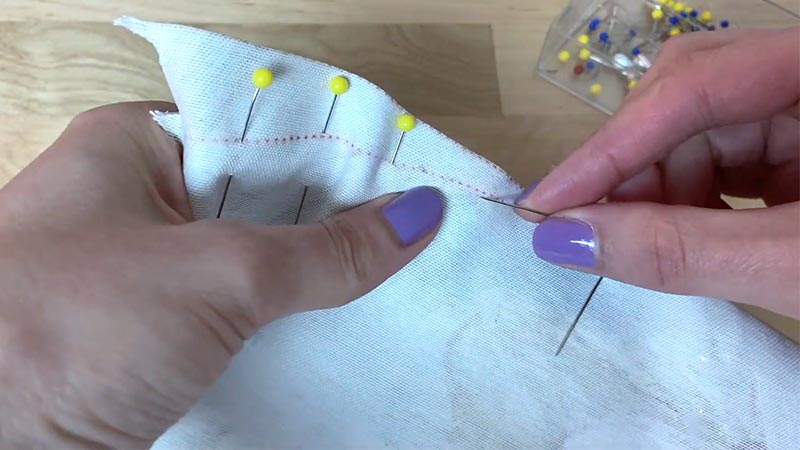
Marking pins are essential for marking the starting and ending points of darts, pleats, tucks, and other fabric manipulations. These pins help in ensuring that these structural elements are sewn accurately and that they achieve the desired shaping and texture.
6. Button and Fastener Placement
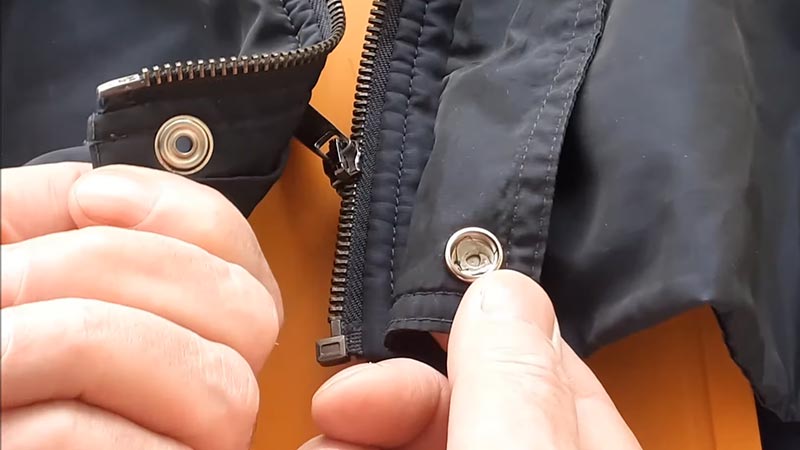
In projects that involve buttons, snaps, zippers, or other fasteners, marking pins can be used to denote the precise placement of these closures. This ensures that the fasteners are aligned correctly and function as intended.
7. Appliqué and Embellishment Placement
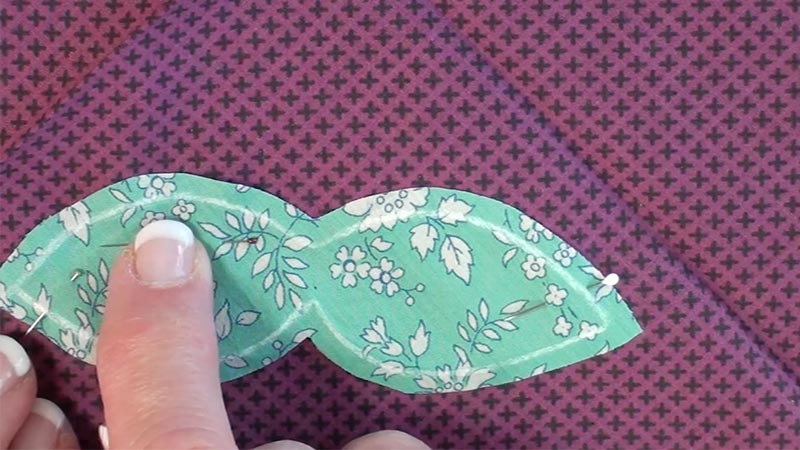
For decorative elements like appliqué pieces, sequins, embroidery, or other embellishments, marking pins serve as guides for positioning these adornments on the fabric. The pins hold the embellishments in place, allowing you to sew them securely and precisely.
8. Gathering and Ruffling
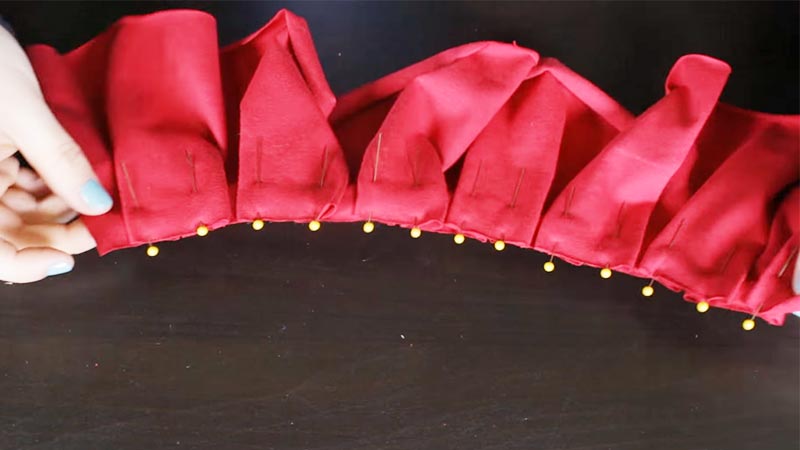
When creating gathers or ruffles in fabric, marking pins can be used to indicate the starting and ending points of these techniques.
By pinning the fabric at these designated spots, you can distribute the gathers or ruffles evenly, ensuring a uniform and controlled appearance.
9. Matching Fabric Prints
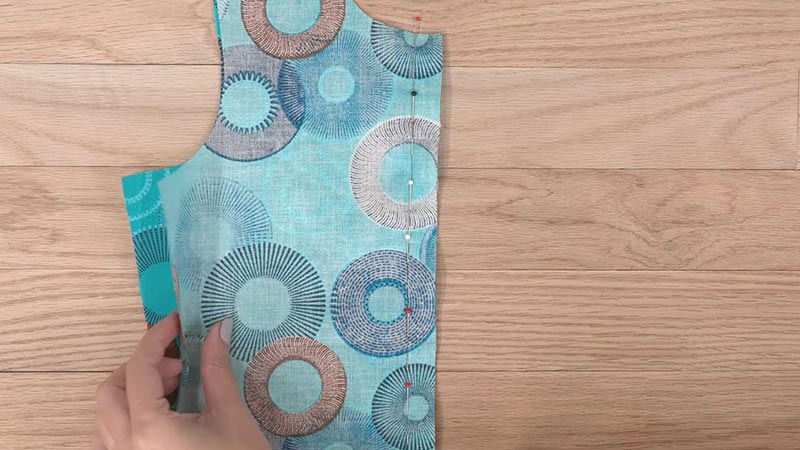
In projects where you need to align and match the prints or patterns on different fabric pieces (e.g., stripes, plaids, or motifs), marking pins can be employed to keep the patterns in sync.
This meticulous matching is crucial for maintaining the visual continuity of the design in the final product.
10. Hemming and Cuff Placement
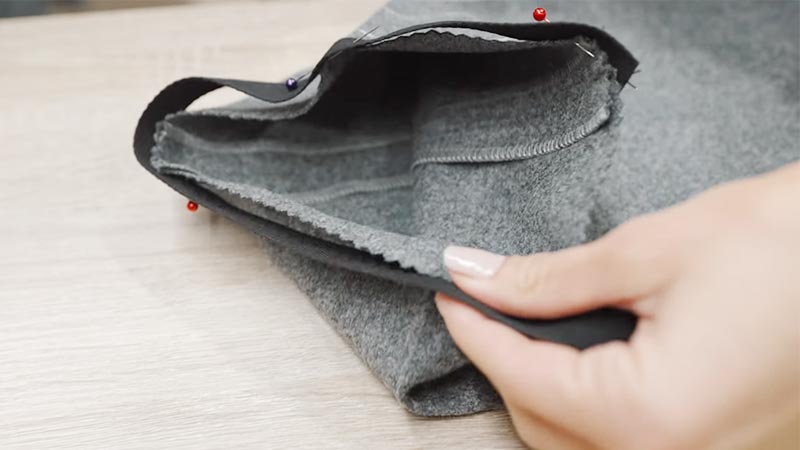
For tasks like hemming garments or attaching cuffs, marking pins are used to identify the desired fold lines. This makes it easier to fold the fabric evenly and stitch the hems or cuffs in a straight line, resulting in a neat and professional finish.
11. Sewing Dart Legs
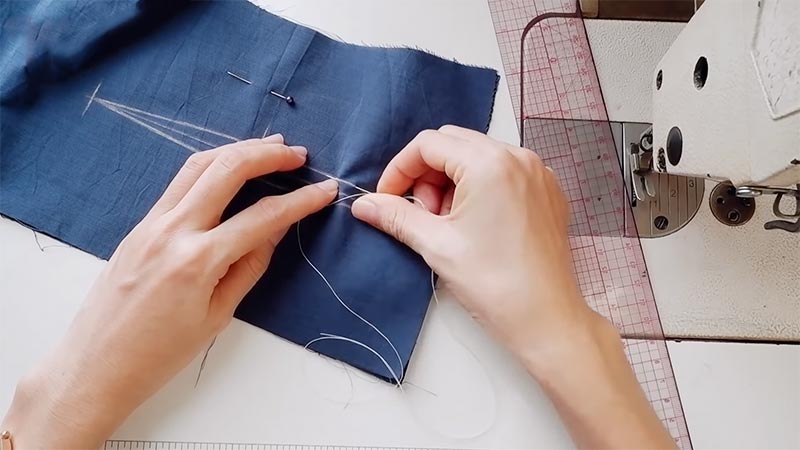
When sewing darts, marking pins help indicate the sewing lines for the dart legs. By securing the fabric at these marked points, you can sew straight and precise dart lines, which are essential for shaping the garment to fit the body properly.
12. Buttonhole Placement
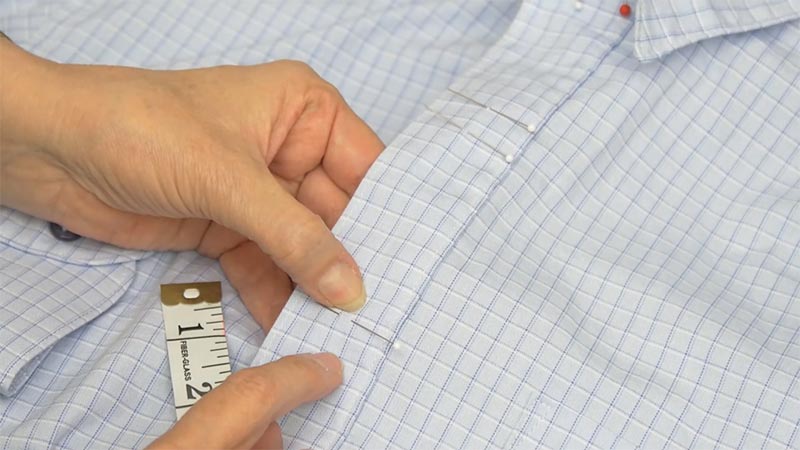
Marking pins are useful when positioning buttonholes on a garment. They can mark the starting and ending points for each buttonhole, ensuring that they are evenly spaced and aligned correctly with the corresponding buttons.
13. Quilting

In quilting, marking pins help secure the quilt top, batting, and backing layers together. They can be placed at intervals to hold these layers in place during the quilting process, preventing shifting and ensuring even stitching lines.
14. Seam Matching
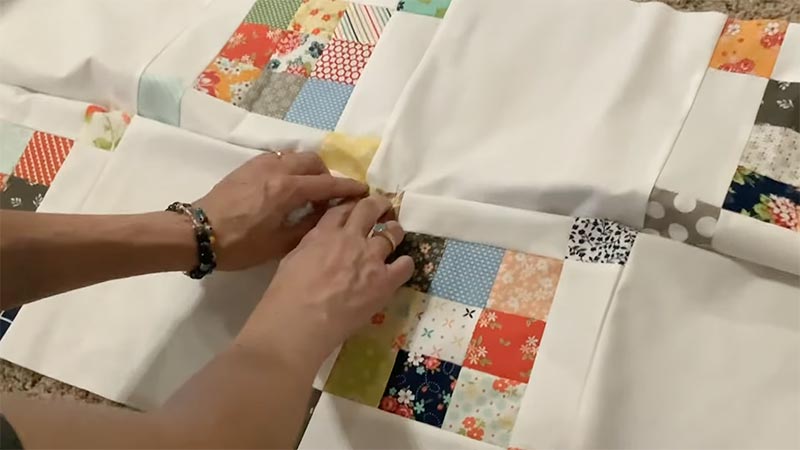
When sewing multiple seams that need to align precisely, such as side seams on a garment, marking pins can be used to match these seams. They indicate where the seams should meet, helping you sew with accuracy and avoid any misalignment.
15. Pattern Alterations
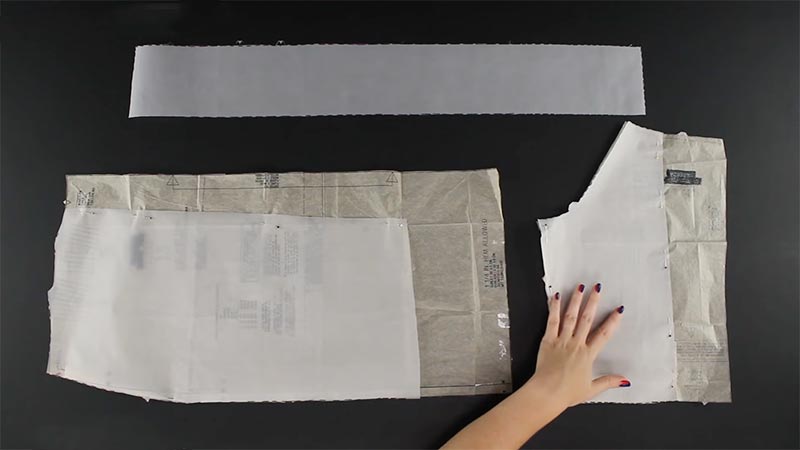
Marking pins are handy when making pattern alterations. If you need to adjust the fit or style of a pattern, you can use pins to mark the areas where changes are needed, such as taking in or letting out seams, adjusting hemlines, or changing the shape of garment elements.
16. Matching Plaids and Stripes
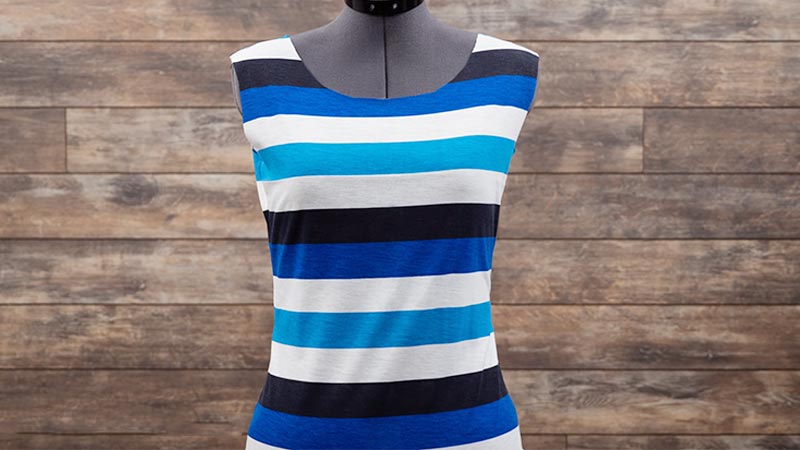
When working with fabrics that have plaid or stripe patterns, marking pins can be used to align and match these patterns accurately. By pinning and matching the stripes or plaids at key points, you ensure a seamless and visually appealing pattern continuity.
17. Sewing Zippers
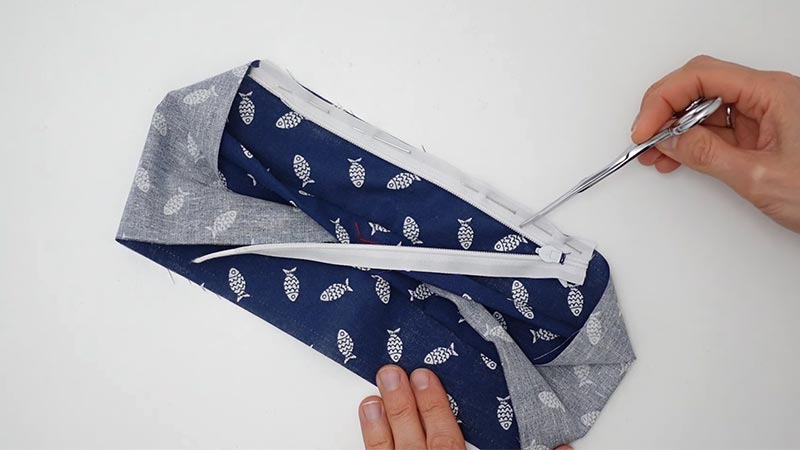
Marking pins are useful when sewing zippers into garments. They can help mark the placement of the zipper tape on both sides of the fabric, ensuring that the zipper is sewn in straight and without any fabric puckering.
18. Basting
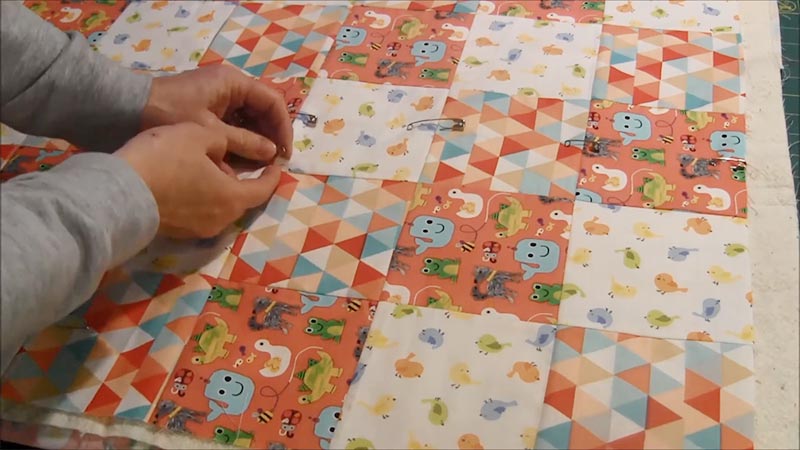
Temporary basting, which is long, loose stitches used to temporarily hold fabric layers together, often requires the use of marking pins. The pins can help secure the fabric for basting, which is useful when fitting a garment or preparing it for more permanent stitching.
19. Pleat and Tuck Folds
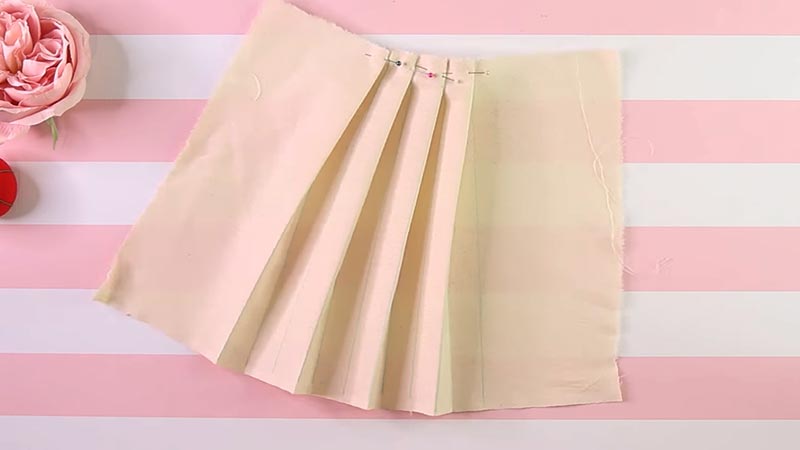
When creating pleats, tucks, or folds in fabric, marking pins can assist in marking the fold lines and keeping them in place before stitching. This ensures that the folds are uniform and symmetrical.
20. Pattern Tracing
If you need to trace a pattern onto fabric from a paper pattern or template, marking pins can be used to hold the pattern in place during the tracing process. This helps maintain accuracy in pattern transfer.
Tips for Using Marking Pins in Sewing
Using marking pins effectively in sewing is essential for achieving accurate and professional results. Here are some valuable tips to make the most of marking pins in your sewing projects:
Choose the Right Pins
Start by selecting the appropriate pins for your fabric and project. Fine pins work well with delicate fabrics, while thicker or heavy fabrics may require sturdier pins.
Pin Placement
Be precise in where you place your pins. Pin at key points such as notches, seam intersections, and dart markings. Proper placement is crucial for ensuring your fabric pieces align correctly.
Pin Perpendicular to the Fabric
Insert the pins perpendicular to the fabric. This ensures that the pins lie flat and will not cause puckering or distortion when you sew over them.
Avoid Seam Allowance
Keep pins outside the seam allowance. Sewing over pins can damage both the needle and the fabric. Place them a short distance away from the seam line to prevent this.
Use Pin Cushions or Magnetic Holders
Keeping your pins well-organized and within easy reach is essential. Pin cushions or magnetic pin holders are great tools for keeping your pins accessible and in one place.
Replace Dull or Bent Pins
Regularly check your pins for signs of dullness or bending. Dull pins can damage the fabric and make sewing more challenging. Replace them when necessary.
Use Temporary Marking Methods
If you need to mark your fabric for sewing lines or reference points, use temporary marking tools like tailor’s chalk or water-soluble markers. Avoid heavy markings, especially on delicate fabrics.
Remove Pins as You Sew
As you approach a pinned area with your sewing machine, remove the pin just before the needle reaches it. This prevents damage to both the fabric and the needle.
Secure All Fabric Layers
If you’re working with multiple layers of fabric, be sure to pin through all the layers to keep them aligned and prevent any shifting during sewing.
Don’t Overcrowd with Pins
Avoid over-pinning the fabric, as excessive pinning can lead to uneven fabric tension and may make sewing more challenging.
Organize and Store Your Pins
When you’re done with a pin, return it to its designated storage. This keeps your workspace safe and organized, reducing the risk of accidents.
FAQs
What are marking pins in sewing?
Marking pins in sewing are temporary fasteners used to secure fabric layers, patterns, and key points, ensuring precise alignment and accurate stitching in various sewing projects.
How do I choose the right marking pins for my sewing project?
Select marking pins based on the fabric type, project requirements, and your preferences. Consider factors like pin type, length, and sharpness for optimal results.
Can marking pins be used for both garment sewing and quilting projects?
Yes, marking pins are versatile tools suitable for both garment sewing and quilting projects. They assist in securing fabric layers and ensuring precision in various sewing applications.
What are some creative ways to use marking pins in sewing projects?
Innovative uses for marking pins include creating intricate fabric designs, securing layers for unique fabric dyeing techniques, or helping with elaborate fabric manipulations like smocking and shirring.
Are there special marking pins for delicate fabrics or materials?
Yes, special marking pins designed for delicate fabrics or materials exist. They are finer and less likely to cause damage to fragile textiles.
To Recap
Marking pins are the silent architects of sewing precision and excellence. They ensure that every stitch, seam, and fabric manipulation aligns with meticulous accuracy.
From pattern placement to structural elements and embellishments, these unassuming tools play a vital role in the success of sewing projects.
Their temporary but essential function secures fabric layers and guides the sewer throughout the crafting process, preventing errors and guaranteeing a professional finish.
Regardless of whether you’re sewing garments, quilting, or altering patterns, marking pins stand as invaluable partners in the journey to create garments and fabric projects that exude precision and style.
In the world of sewing, marking pins are indeed indispensable allies for achieving perfection in every stitch.
Leave a Reply